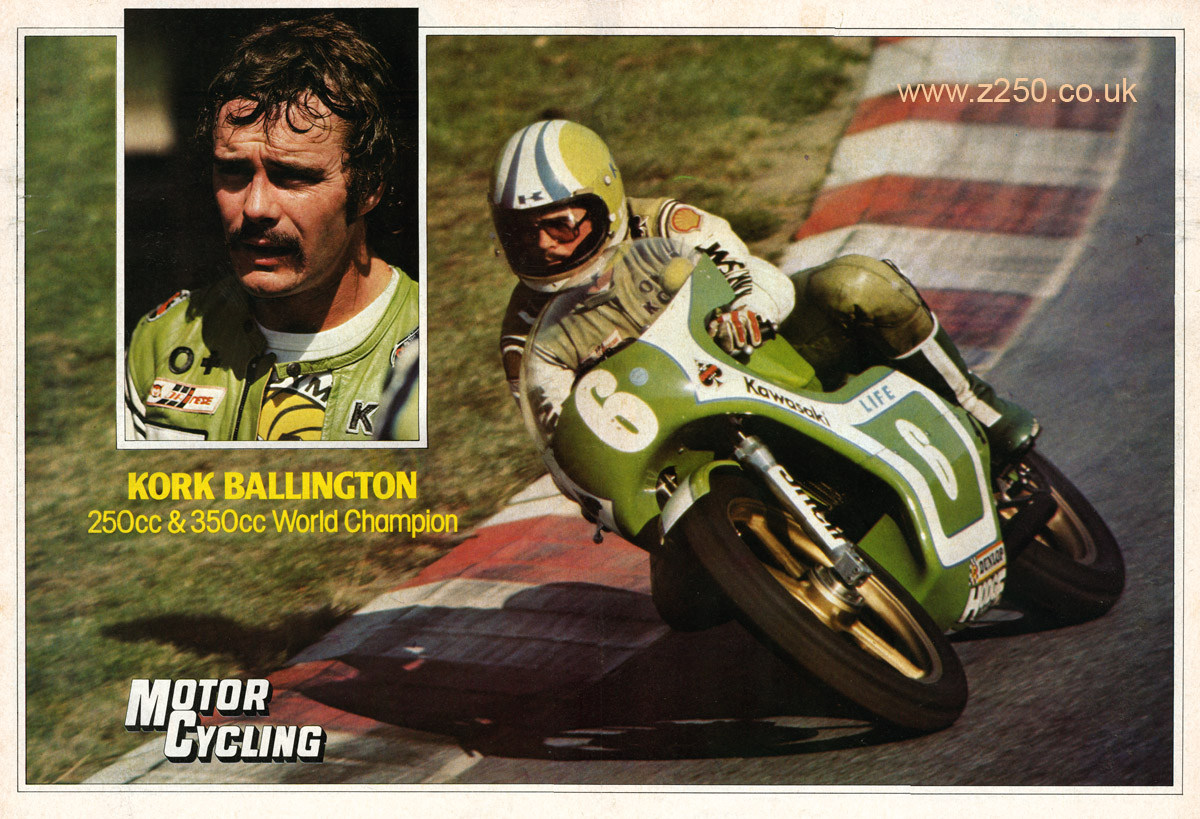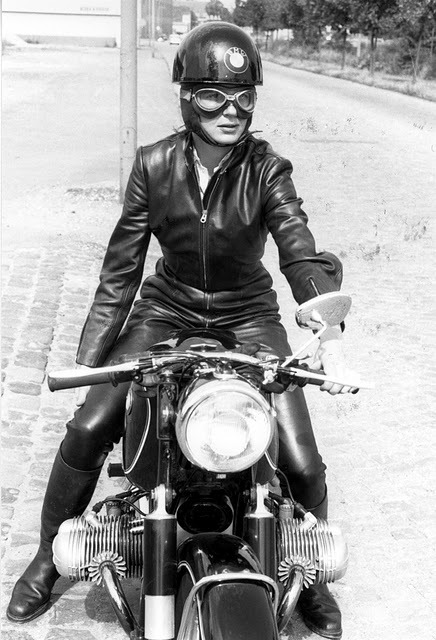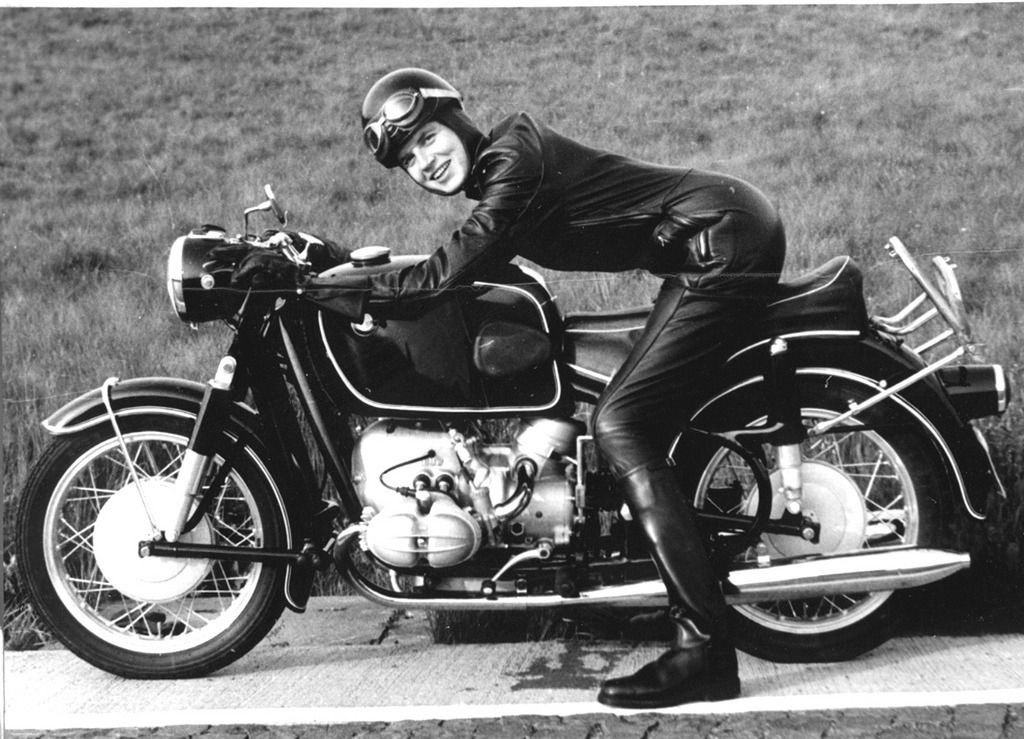





In front of a crowd of nearly 2,500 fans, Pat Gosch of Omaha, Nebraska wins the 3-Star AMA Sanctioned 12-lap Expert race at the Cowley County Fairgrounds in Winfield, Kansas. Bearing lucky plate #47, Pat's Triumph Daytona 500 fattens his wallet with $135.
The half-mile racetrack at the Cowley County Fairgrounds was originally laid out in the summer of 1872. The corners were dredged out in the summer of 1883, more so near the inside of the track to give the effect of a slight banking to the turns, thus making the racetrack into a "dish" oval. The size, shape, and location of the racetrack have not been altered since but, flood sediment has filled in some of the original dish bringing the racing surface up almost to ground level. The track lies just a couple hundred yards east of the Walnut River and outside the levee protecting the city of Winfield so the racetrack is often covered by flood waters. The track surface is mostly silt which doesn't pack down very well so the racing surface was always very dusty, but riders who dig a slick groove found this racetrack to be to their liking.
Motorcycle races were held at the Fairgrounds by various sponsors throughout the first half of the century. The Winfield Lions club sponsored races on the track in the 1950's, but too few entrants and declining crowds led the Lions club to try presenting sub-par “C” class racing in association with the Wichita (Kansas) Jeeps MC. The Winfield Lions club ceased presenting motorcycle racing in 1960, so the local horse racing interests decided to construct a steel pipe guard rail around the perimeter of the racetrack to discourage the use of the facility by motor vehicles. They were only partially successful as the Winfield Jaycees and the sneaky bikers of the Mid-West Harley-Davidson Dealers Association, headed by former Winfield resident, Hugh "Hugo" Shea, conducted the first annual Kansas State Motorcycle Rally at the Cowley County Fairgrounds in May of 1962. Shea owned Harley-Davidson dealerships in Wichita and in Oklahoma City, Oklahoma. These rallies consisted of poker runs, various contests, church services, and racing on the half-mile racetrack sanctioned by the American Motorcycle Association.
Today in motorcycle history proudly supports the National Association for Bikers with a Disability (NABD). www.nabd.org.uk
Today in motorcycle history proudly supports the National Association for Bikers with a Disability (NABD). www.nabd.org.uk

















